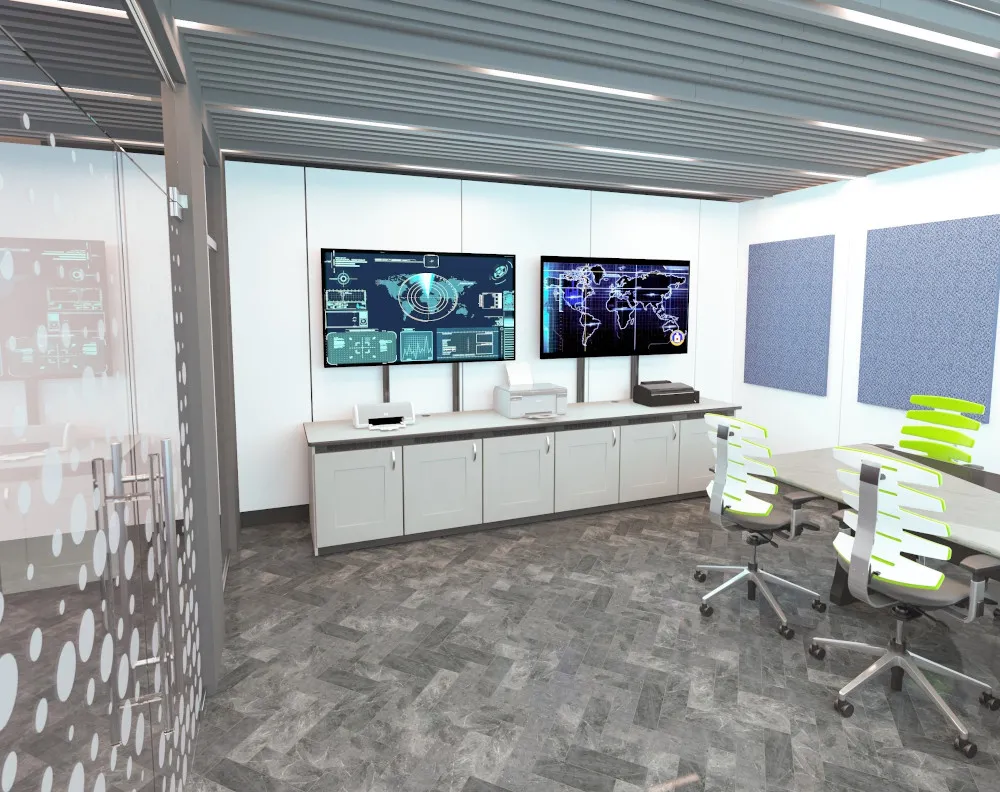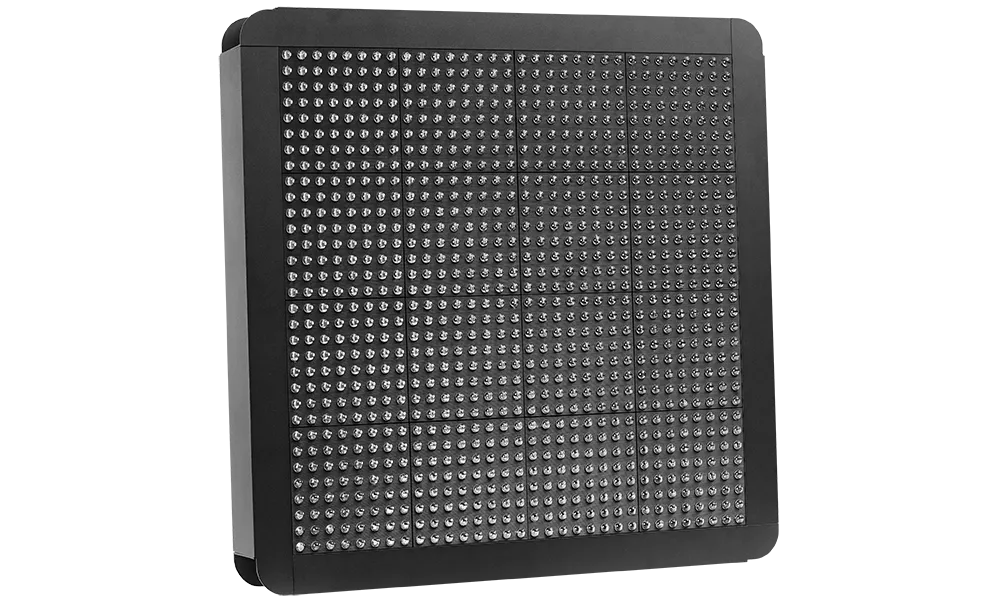
“The technology needs of control rooms are becoming more and more sophisticated,” said Winsted president Randy Smith. “As a technical furniture provider, it’s our responsibility to create solutions that provide the best option to configure and protect a control room’s electronics.”
Paramount credenzas are designed to be “modular, reconfigurable and expandable for any space and operation”, the company insists, adding that the standard one-, two- and three-bay configurations can be combined and customised to create larger layouts.
The credenzas feature a vented base that allows for optional 3” casters and 120mm fans, along with six top 50mm fans and cable management. They also include an optional Versa-Trak monitor mounting system and front and rear 14U tapped rack rails in each bay.










